- In the pursuit of maximizing your workout results, one key principle stands out: never hold back. It’s a common sight to witness gym-goers conserving their energy, assuming they have more exercises ahead. However, this approach is fundamentally flawed.
- To truly optimize your muscle gains, you should always push yourself to the limit, aiming for a workout so intense that it concludes right then and there. This mindset shift is a game-changer, offering a pathway to substantial muscle growth and the results you desire.
- When you ensure that you’re getting enough training volume, your muscles have no choice but to grow and adapt. Volume refers to the total amount of work you do during your workouts, including the number of sets and repetitions. So, if you provide your muscles with sufficient volume through your regular exercises, they will respond by getting bigger and stronger over time.
Utilizing Drop Sets and Rest-Pause Sets
- Understanding the Transition: After an intense and demanding leg workout, transitioning to a dumbbell press can indeed prompt some trainees to contemplate whether they should incorporate drop sets for every exercise that follows. This inclination isn’t entirely unfounded, as drop sets are a valuable technique for inducing hypertrophy by pushing the muscles to their limits.
- Recent Training History: It’s important to consider your recent training history. If drop sets have been consistently integrated into your workouts, and you’ve been diligently pushing your muscles to failure, it might be time to explore other techniques that can keep your routine fresh and challenging. This is where the concept of rest-pause sets comes into play.
- The Case for Rest-Pause Sets: Rest-pause sets offer a valuable alternative, particularly in situations where you’re not ready to commit to another set of drop sets. One of the advantages of rest-pause sets is their ability to allow you to perform more repetitions under a heavier load. The rationale behind this is that specific muscle groups, like the chest, tend to recover more quickly than others, such as the legs. This accelerated recovery allows you to lift substantial weights, inducing mechanical tension that stimulates muscle growth.
- Combining Mechanical Tension and Metabolic Stress: The beauty of incorporating rest-pause sets into your routine is that they strike a balance between mechanical tension and metabolic stress. Mechanical tension is the result of lifting heavy weights, and it’s vital for building muscle mass. On the other hand, metabolic stress, induced by pushing your muscles to failure, also contributes to muscle growth. Rest-pause sets offer the best of both worlds – they enable you to lift challenging weights and still accumulate metabolic stress by pushing your muscles to the brink during each short bout of activity.
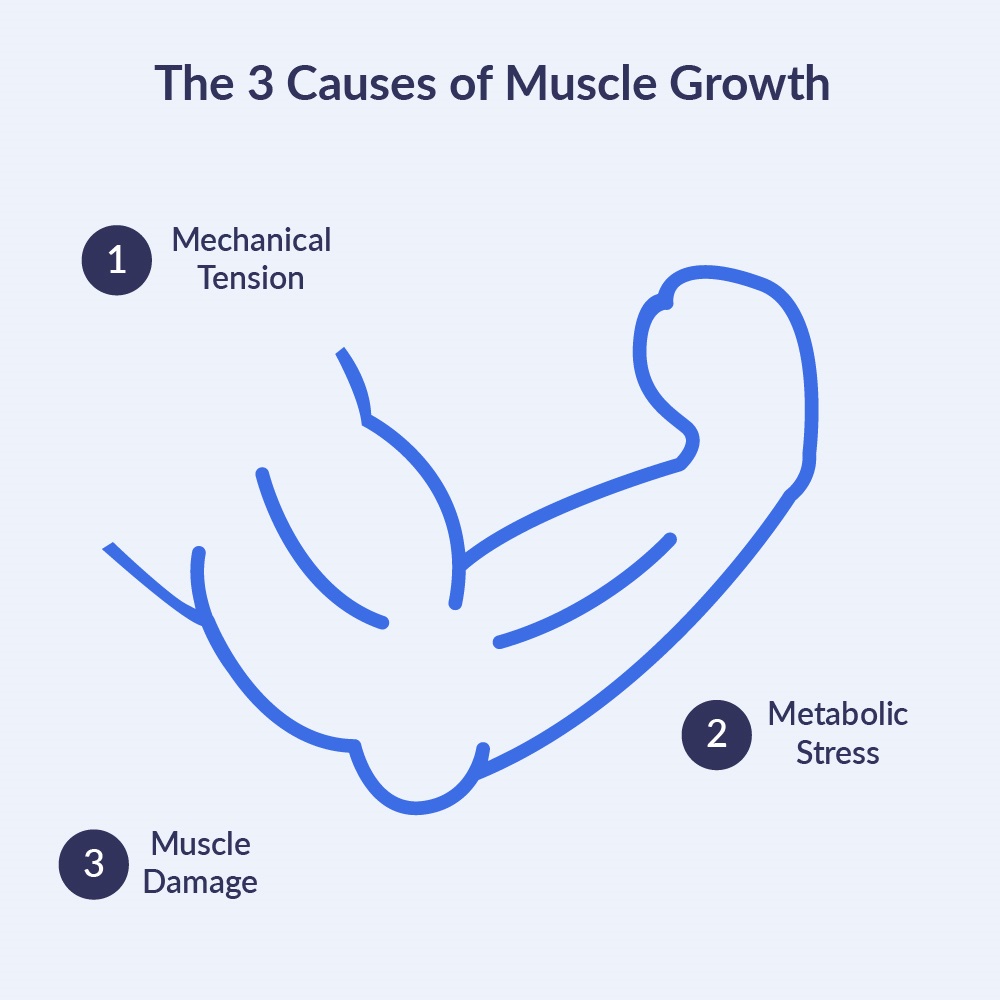
Adapting Training for Hard Gainers
- Challenging the Struggles of Hard Gainers: Hard gainers face a unique set of challenges when it comes to building muscle. Their bodies often resist the muscle-building process, making it difficult to achieve the gains they desire. Overcoming these challenges necessitates a more comprehensive approach, and increasing the volume of their workouts plays a pivotal role in this endeavor.
- Volume: The Key to Muscle Growth: One aspect that many individuals, not just hard gainers, often underestimate is the sheer amount of volume required for effective muscle growth. It’s easy to fall into the trap of thinking that a few sets here and there will suffice. However, the reality is that a significant and sustained volume of work is essential for muscles to adapt, grow, and become more substantial.
- Emphasis on Additional Sets: One often underscores the need for additional sets as a strategic tool to confront the challenges faced by hard gainers. Increasing the number of sets during a workout can be the catalyst that propels them toward their muscle-building goals. This approach acknowledges the need to outwork the inherent resistance that their bodies present.
- A Lesson from Legendary Bodybuilders: The legendary figures in bodybuilding, like Dorian Yates, serve as a potent reminder that exceptional genetics or extraordinary circumstances don’t apply to most trainees. These bodybuilding icons didn’t achieve their remarkable physiques through sheer luck or rare genetic advantages. Their success can be traced back to their relentless work ethic, dedication, and, notably, their willingness to implement additional sets to drive muscle growth.
Choosing Negatives Over Assistance Machines
- The Preference for Negatives in Challenging Bodyweight Exercises: When it comes to bodyweight training, certain exercises can become incredibly demanding. Take, for example, dips and pull-ups, which require a significant amount of upper body strength. In such situations, the use of negatives is a strategic approach to continue pushing the boundaries of one’s strength and capability.
- Understanding Negatives: Negatives are a specific training technique that involves focusing on the eccentric phase of an exercise. The eccentric phase is the part of a movement where the muscle lengthens as it contracts. It’s essentially the lowering portion of an exercise, which is often an underappreciated aspect of strength training.
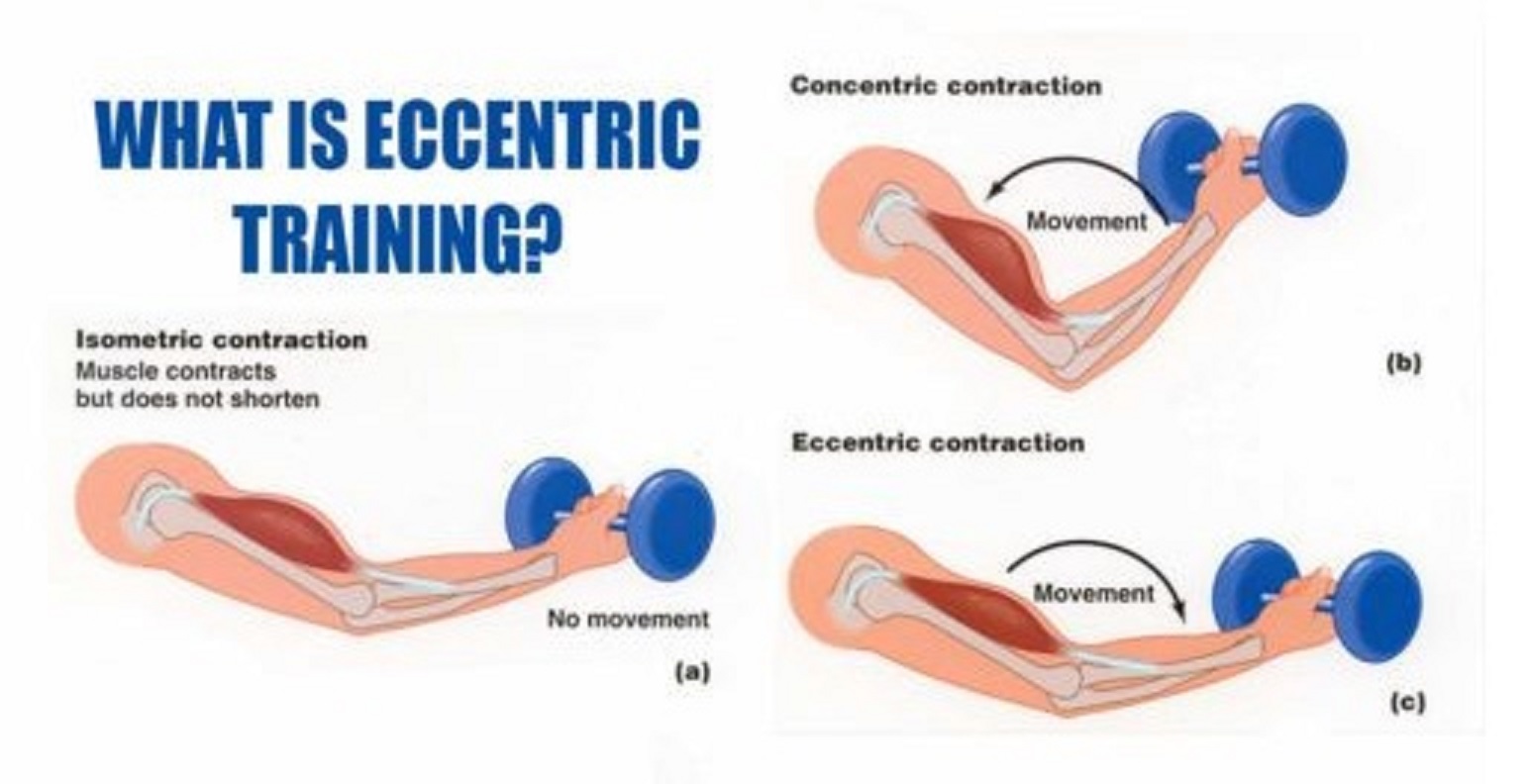
- Pushing the Eccentric Phase to the Limit: The essence of using negatives is to take the eccentric phase to its absolute limit. This means that individuals deliberately extend the lowering portion of the exercise until it becomes exceptionally challenging. It’s about moving at a pace that genuinely tests the muscles and eventually leads to muscle fatigue during the eccentric phase.
- Building Strength and Endurance: The incorporation of negatives into challenging bodyweight exercises serves a dual purpose. Firstly, it contributes significantly to building strength. The intentional and controlled eccentric movements recruit a greater number of muscle fibers and thereby enhance one’s strength gains. Secondly, this approach aids in building endurance. By pushing the limits of the eccentric phase, individuals condition their muscles to perform optimally even in fatigued states, which is invaluable for sustained performance.
Pre-Exhausting Muscles:
- Understanding the Value of Pre-Exhaustion: Pre-exhaustion is a technique highly regarded in the realm of strength and muscle building. Its fundamental principle revolves around priming the target muscles before proceeding to the main compound exercises. This technique is employed to ensure that the primary muscle group is fully engaged and connected, particularly when there’s a challenge in establishing that connection.
- Pre-Exhaustion: The importance on the pre-exhaustion technique is considered especially in circumstances where the immediate connection with the target muscle isn’t as profound as it has been in the past. It serves as a method to bridge the gap between the intention to engage a specific muscle group and the actual engagement during the exercise.
- A Practical Example: Triceps Rope Extensions: To illustrate the application of pre-exhaustion, let’s consider an example involving tricep rope extensions. Here, you can initiate the exercise with partial repetitions at the bottom of the movement. This partial movement is a deliberate strategy to establish a proper connection with the triceps, which are the target muscle group in this exercise.
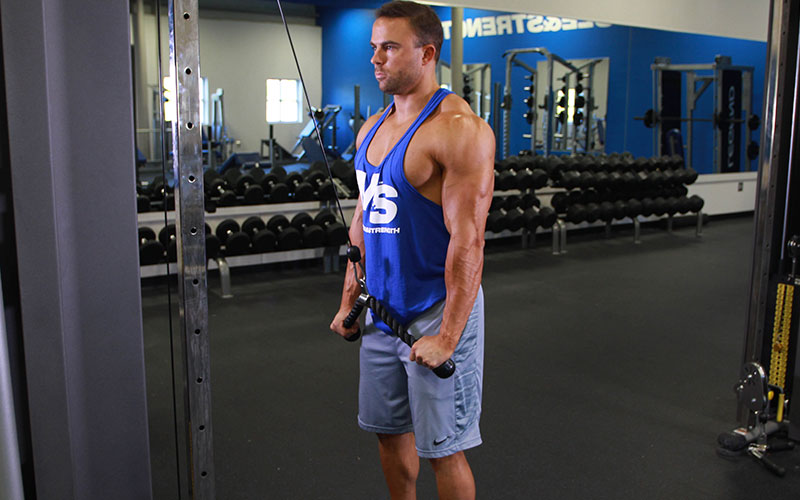
- The Core of Pre-Exhaustion: Pre-exhaustion is not merely about going through the motions. Instead, it’s a highly focused method that entails honing in on the specific muscle you aim to engage. In this case, it involves turning the shoulders and emphasizing the driving force behind the triceps contraction.
Overtraining Mindset:
- One of the important aspects of training is the preoccupation with the concept of overtraining.
- This excessive concern about overtraining may inadvertently hinder progress. Rather than being held back by the fear of overtraining, you need to focus on a different mindset – that strives for maximal effort and intensity in workouts.
Supersets, Compound Sets and Giant Sets
- Supersets: These are a fundamental advanced technique, involving the pairing of two different exercises for the same muscle group. The hallmark of supersets is that they are performed back-to-back, with minimal to no rest in between. This approach amplifies the intensity of your workout, as the targeted muscles experience continuous stress throughout both exercises. For example, performing a set of bicep curls immediately followed by hammer curls constitutes a superset for the biceps. Supersets are highly effective for stimulating muscle growth, enhancing muscle endurance, and saving time in the gym.
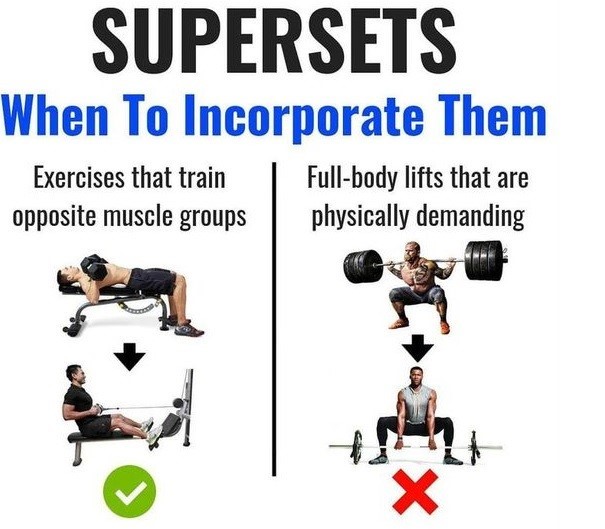
- Compound Sets: Compound sets essentially involve pairing two exercises targeting the same body part but allow for a bit more flexibility in exercise selection. The exercises in a compound set can be more closely related or have a shared function. For instance, pairing bench presses with push-ups creates a compound set focusing on the chest. Compound sets offer the advantage of maintaining a high level of intensity while allowing variations that suit individual preferences and fitness levels.
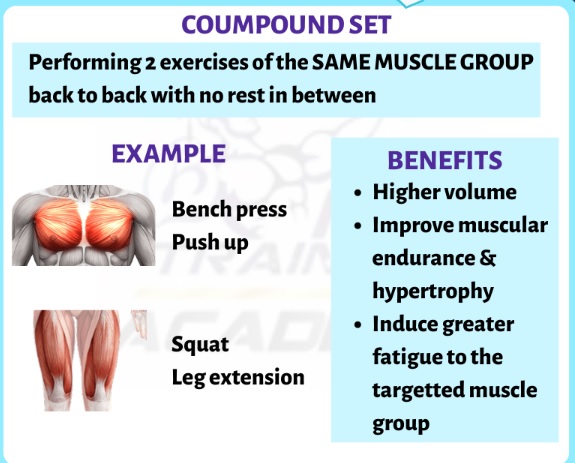
- Giant Sets: Unlike supersets and compound sets, which typically involve two exercises, giant sets involve performing four or more exercises consecutively, targeting the same muscle group. These sets are often strategically planned to ensure maximum muscle engagement and are best suited for individuals seeking a highly demanding and time-efficient workout experience. Giant sets can significantly intensify a workout by combining multiple exercises that work together synergistically.

Strategic Workout Planning:
When implementing advanced techniques like giant sets, workouts are carefully structured to ensure that exercises complement one another, providing a holistic and comprehensive approach to training a specific muscle group. This strategic planning ensures that every aspect of muscle development, from strength to hypertrophy, is addressed effectively.
Effort and Overcoming Limits:
- In reality, you should be willing to push yourself to the point where your workout concludes right there to achieve your muscle growth goals. Let’s use the hack squat as an illustrative example. The hack squat is already known as a demanding exercise. When you perform straight sets and push yourself to failure, you’re undeniably on the right path to stimulating muscle growth. However, the crucial question that arises is, “Can we make it even more challenging?”
- Instead of merely stopping at failure, the approach here is to explore how much further you can go. The concept is to seek that threshold where the workout becomes nearly unbearable. To achieve this, strategies like drop sets and other intensity-enhancing techniques come into play.
- For instance, during a hack squat session, if the initial straight sets have already pushed you to the brink of failure, the logical step is to implement drop sets. Drop sets involve reducing the weight after reaching failure and continuing the exercise. This strategy extends the intensity of the workout by essentially prolonging the period during which your muscles are under tension.
- Furthermore, the approach may involve not locking out at the top of the movement, thus maintaining constant tension on the muscles throughout each repetition. This ensures that your muscles are continuously engaged and working hard.
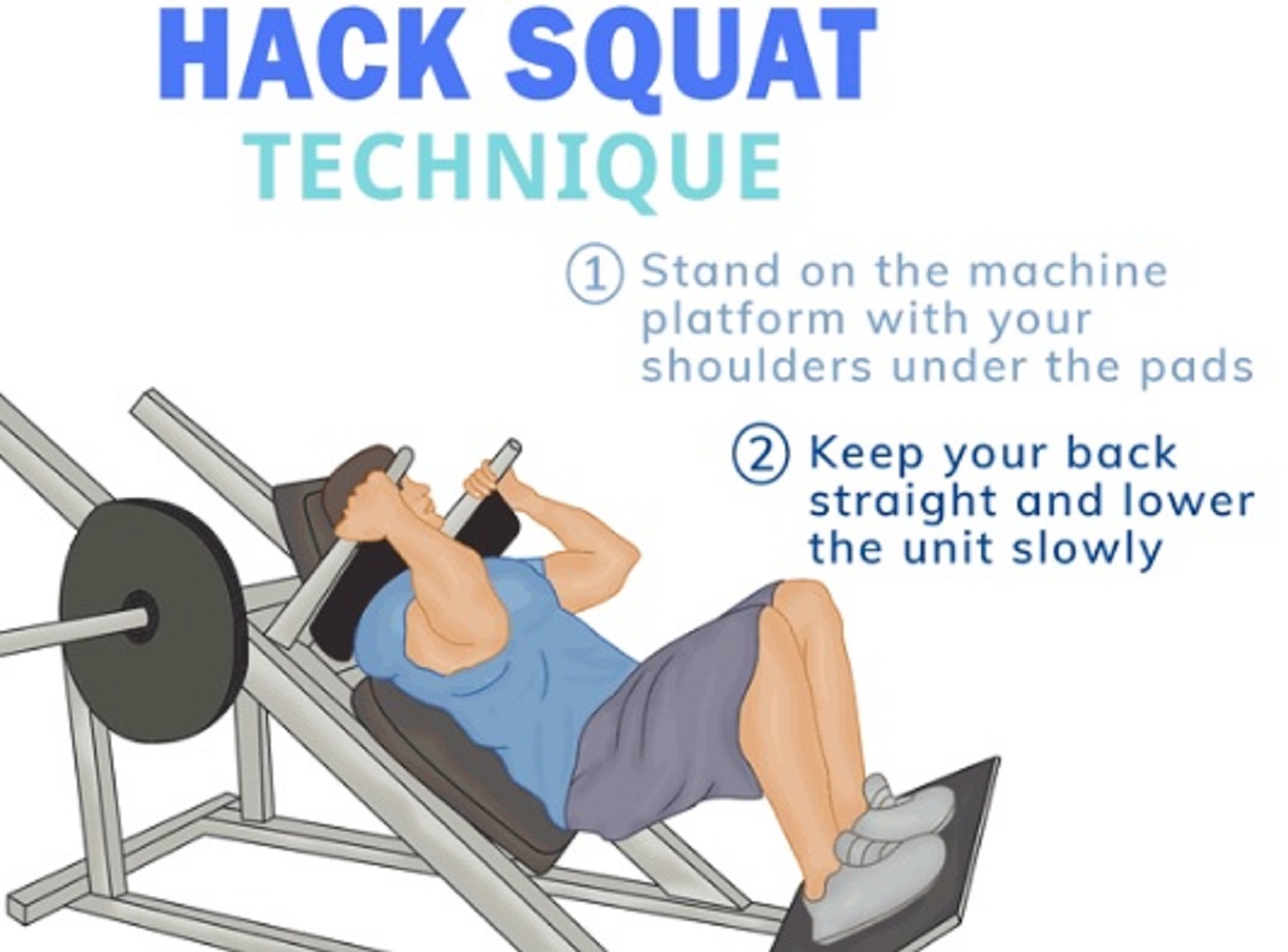
The philosophy is clear: To achieve exceptional results, one must be willing to push beyond the boundaries of comfort and familiarity. The goal is to challenge the body to adapt and grow further by making each exercise almost unbearable in its intensity. This approach underlines the notion that progress and growth are the outcomes of relentless determination and unwavering dedication to achieving the desired results.









